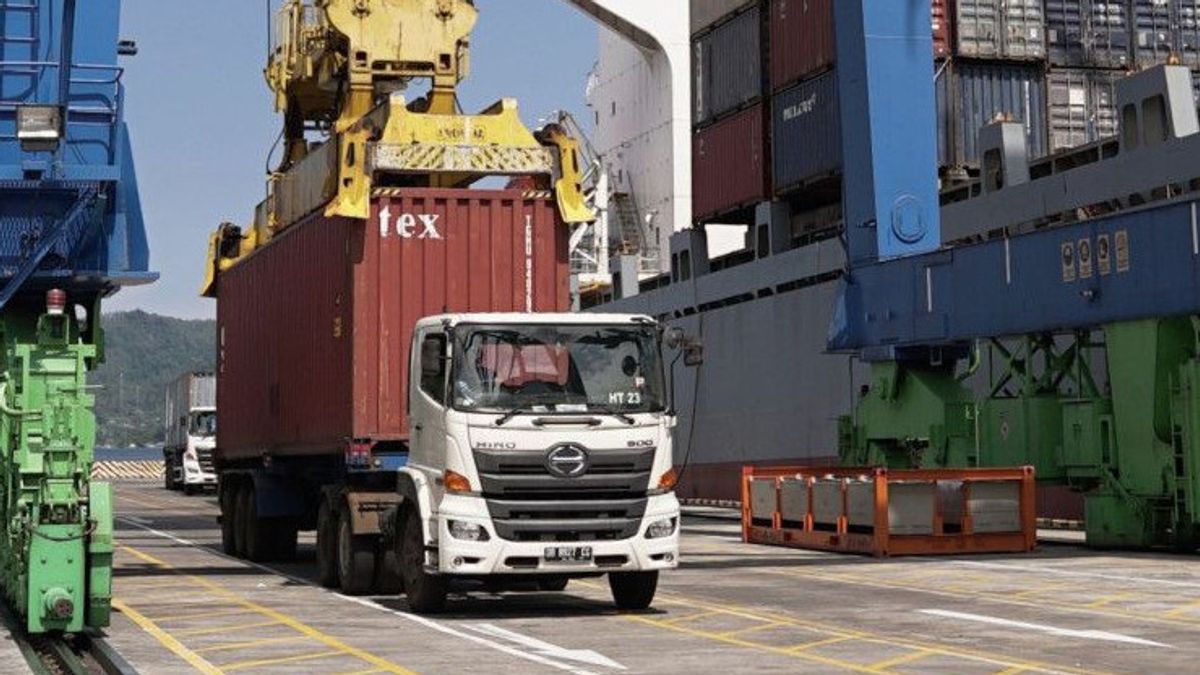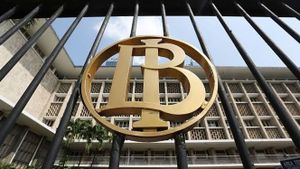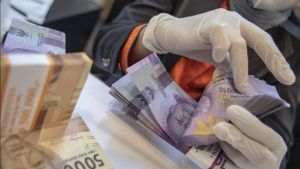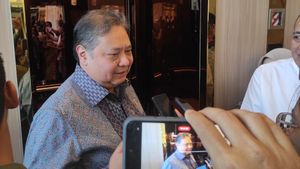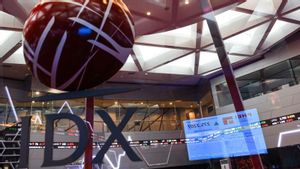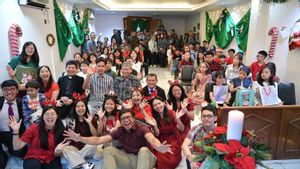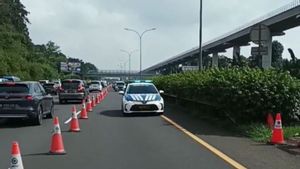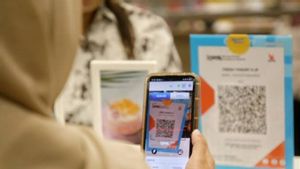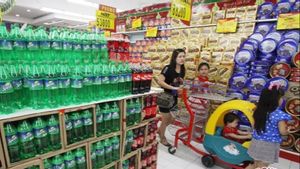PT Pelindo Terminal Petikes has prepared the Sorong Container Terminal (TPK) to become a center for container activities in Eastern Indonesia.
Corporate Secretary of PT Pelindo Terminal Petikemas Widyaswendra in a written statement in Surabaya, Monday, February 13, said that the preparation of the Sorong TPK as a center for container activity could encourage the effectiveness of shipments to Eastern Indonesia.
"So far, several shipping companies are still using ships with a capacity of 600-1,000 Teus for shipping containers," he said, quoted from Antara.
According to him, the ship had to stop at several ports before finally arriving at the final destination port. With the container terminal that functions as a center of activity, it is hoped that the delivery of containers can be done by ship with a larger size.
"There is more than one shipping company that has a reach of up to Eastern Indonesia. We encourage it to be able to collaborate. Containers from Jakarta or Surabaya are transported by ships with a capacity of 1,500-3.000 Teus to TPK Sorong. After that, they are distributed to other ports that are within reach with smaller ships," he said.
Currently, he said, his party is preparing a study on the possibility of making TPK Sorong a center for container activities (hub) in Eastern Indonesia. The preparation of the Sorong TPK is said to be one of the company's efforts to support the effectiveness of logistics distribution.
Widyaswendra said the concept was considered to have an impact on the efficiency of the cost of shipping containers. As for the value of efficiency obtained, he said that the company is currently conducting a more in-depth study process.
In addition, he said, to make TPK Sorong a center for container activities, PT Pelindo Terminal Petikemas will also carry out a number of further transformations and investments to prepare all the best facilities and services for service users.
"The potential flow of containers when the Sorong TPK will be around 243,000 Teus. We are currently in the process of a more thorough study, including involving service users. This is to make a more appropriate decision so that the planned program can provide benefits for the port and shipping industry in Indonesia," he said.
The study includes analysis of existing routes that are currently container ship lanes, analysis of supporting and buffer areas (hinterland), analysis of cargo consolidation, as well as regarding the design of the proposed new route.
The flow of containers at the Sorong TPK itself in the 2022 period was recorded at 48,048 Teus. Several ports that are in the closest reach such as the Jayapura TPK as many as 95,431 teus, Nabire Port 31,138 teus, Bintuni Port 11,100 teus, Manokwari Port 40,982 teus, Biak Port as many as 13,376 teus.
Shipment System Engineering Lecturer of the Sepuluh November Institute of Technology (ITS) Saut Gurning assessed that the concept of making the Sorong TPK a center for container activities in Eastern Indonesia is very much needed in Indonesia, which is an archipelagic country.
Saut said the existence of a port that functions as a hub and the use of large-capacity vessels will increase the number of ship visits and the number of containers that can be transported by ships. Thus it can have an impact on logistics costs gradually.
"The current transportation mode with many port routes and a limited number of containers is one of the logistics costs factors in Eastern Indonesia, which is quite high," he said.
Saut also mentioned another high cost factor, namely regarding the cargo returning from the eastern region to the western region which is still dominated by empty containers. According to him, one of the things that allows at this time is the preparation of consolidation facilities for marine catch commodities that have a high potential.
In fact, he continued, it is possible that the existence of a container activity center in Eastern Indonesia could become a transfer area for foreign containers serving the Japanese-Australian route or other overseas routes.
"The biggest challenge is indeed related to cargo returning from the east. However, with the concept of using large ships (brother vessel) from Jakarta or Surabaya to Sorong, it can at least help in reducing logistics costs, of course this needs to be done a thorough study to determine the level of efficiency generated," he said.
The English, Chinese, Japanese, Arabic, and French versions are automatically generated by the AI. So there may still be inaccuracies in translating, please always see Indonesian as our main language. (system supported by DigitalSiber.id)
